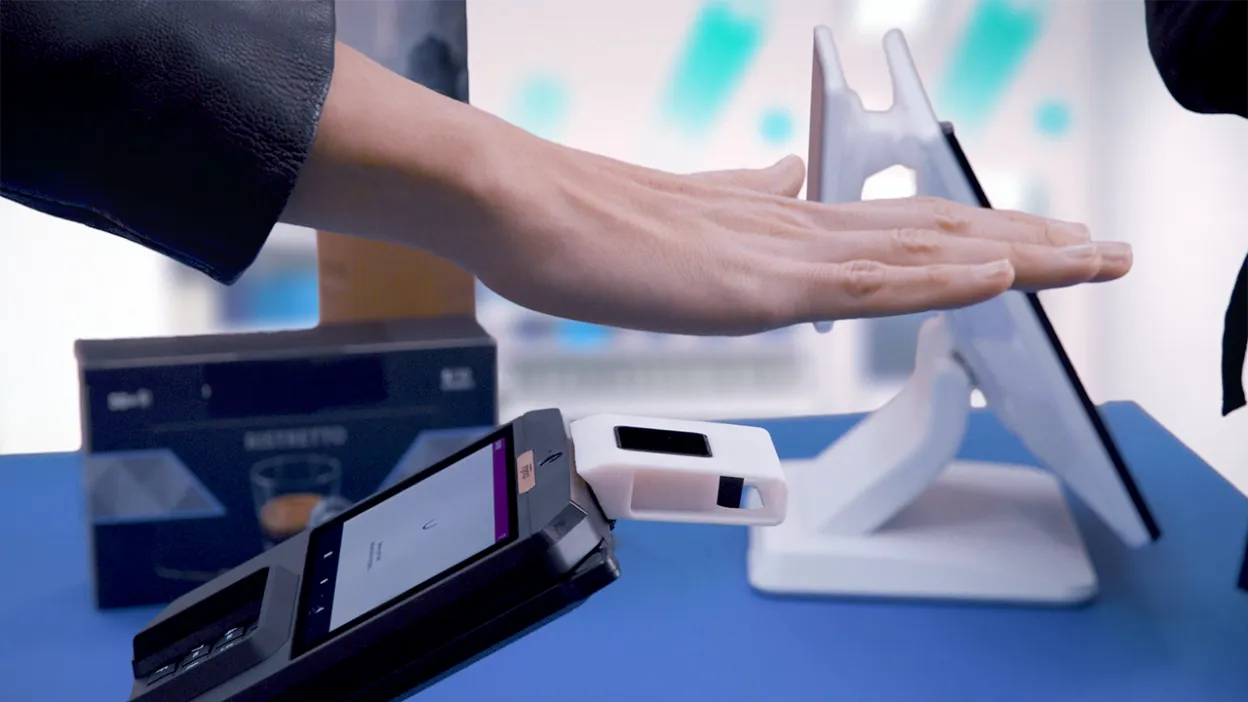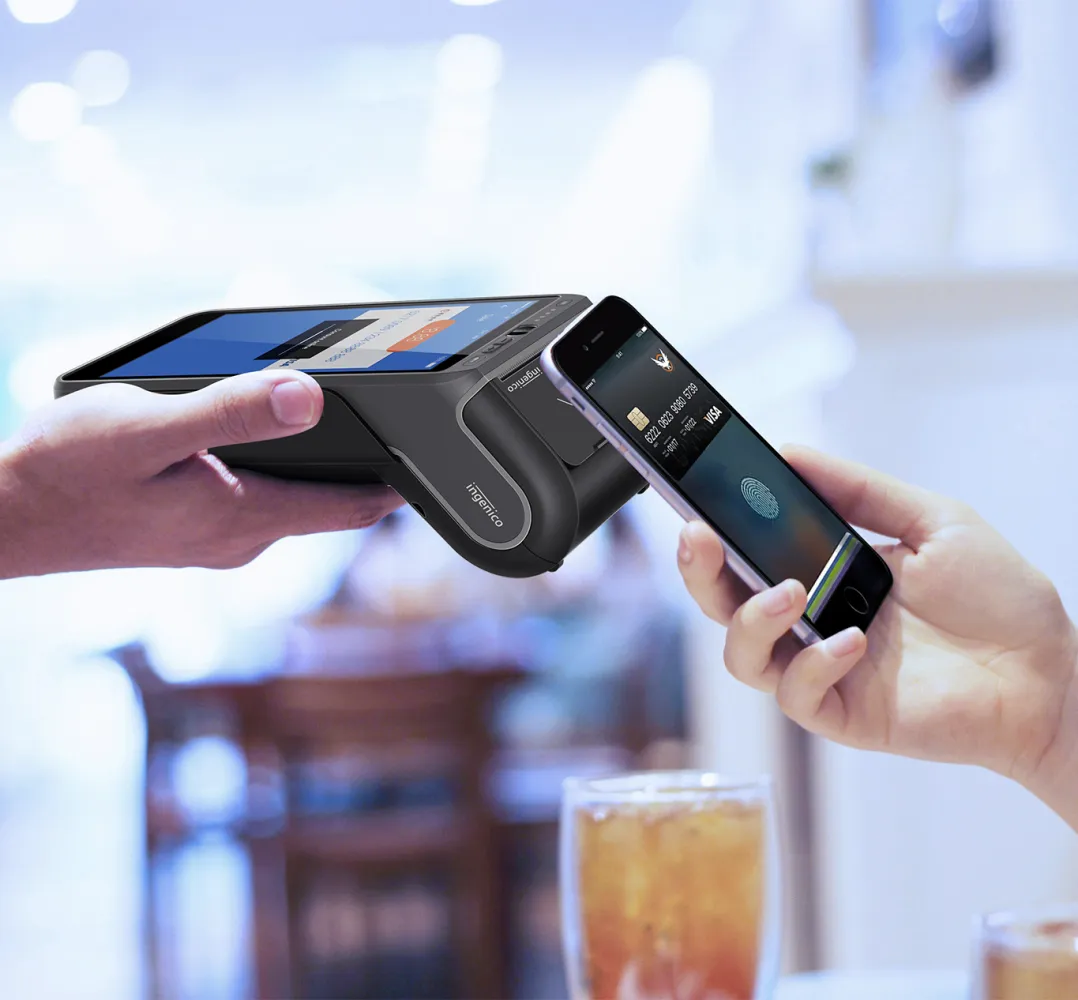Picture a world where managing your business transactions and your business services is as simple as a tap on your Android device terminal. Over the last decade, Android technology has fundamentally transformed the payment industry. Ingenico has seamlessly integrated Android into its payment terminals, driving innovation and enhancing user experience. In this blog, we'll journey through the past, present, and future of Android in payments, showcasing how Ingenico's Android-based solutions have redefined the way we transact, ensuring security, convenience, and versatility.
The Early Days: Introduction of Android in Payments
- Google Wallet (2011-2014)
The journey of Android in payments began with the launch of Google Wallet in 2011. This pioneering effort by Google introduced Near Field Communication (NFC) technology, allowing users to store credit and debit card information on their Android devices and make contactless payments by tapping their phones on compatible terminals.
- Ingenico’s Initial Steps
Around this time, Ingenico started exploring the potential of integrating Android into its payment terminals. The initial focus was on leveraging the flexibility and user-friendly nature of the Android operating system to create more versatile and intuitive payment solutions.
Growth and Expansion: Android Pay and Early Integration
- Android Pay (2015-2017)
In 2015, Google rebranded Google Wallet as Android Pay, offering enhanced security features such as tokenization, which replaced sensitive card information with a unique identifier during transactions. This period saw significant growth in the adoption of mobile payments, driven by the convenience and security offered by Android Pay.
Technological Advancements: Google Pay and Enhanced Security
- Google Pay (2018-Present)
In 2018, Google unified its payment services under the Google Pay brand. This consolidation brought together the features of Google Wallet and Android Pay, offering a seamless payment experience both online and offline. Google Pay also introduced biometric authentication, enhancing security by using fingerprint and facial recognition technologies.
- Ingenico’s Enhanced Offerings
Ingenico continued to innovate with its Android-based terminals. The devices supported advanced security features such as point-to-point encryption (P2PE) and compliance with PCI standards, ensuring secure transactions. Ingenico's terminals also embraced biometric authentication with Palm Vein Payment Technology, providing an extra layer of security for both merchants and consumers.

Listen to this audio transcription of a blog that tells about Palm Vein Authentication first pilot launch in Uruguay’s retailer Tienda Inglesa’s Red Expres.
Current Trends and Future Prospects
- AI and Personalization
The integration of artificial intelligence (AI) in Google Pay has opened new avenues for personalized user experiences. AI algorithms analyze user behavior and spending patterns to offer tailored recommendations and deals, fostering greater user engagement and loyalty.
- Marketplaces and Solution Gallery
Ingenico envisions a future where Android-based payment terminals are not just transactional devices but integral parts of business operations. By supporting app marketplaces and providing access to a diverse range of partner-developed applications through the Ingenico Solution Gallery, Ingenico’s terminals enable merchants to download and use various business applications, from inventory management to customer loyalty programs. This integration is set to transform the role of payment terminals in business environments, allowing merchants to enhance their operations and customer interactions effectively.
- Ingenico’s AXIUM OS
Ingenico’s AXIUM OS is a unique Android-based operating system that enhances payment terminals with advanced security features and supports a wide range of business applications. Its open, developer-friendly environment allows for rapid innovation and integration of new services, keeping merchants competitive in a fast-evolving market. The AXIUM OS’s robust architecture ensures seamless updates and continuous security enhancements, providing a reliable platform for both current and future payment solutions.
- Omnichannel Journeys in Payments
Omnichannel journeys are increasingly important in the payment landscape, reflecting the need for a seamless customer experience across all channels—online, in-store, and mobile. For Ingenico, this means creating integrated payment solutions that provide consistent and personalized interactions at every touchpoint. Ingenico’s AXIUM OS supports this by enabling developers to build applications that can be deployed across various devices, ensuring that customers enjoy a unified experience regardless of how or where they choose to shop.
Conclusion
The journey of Android in payments has been one of continuous innovation and integration. From the early days of Google Wallet to the advanced features of Google Pay and Ingenico’s AXIUM OS, Android technology has revolutionized the payment industry. Ingenico has consistently kept pace with these advancements, integrating Android into its payment terminals to provide secure, versatile, and user-friendly solutions. As we look to the future, the synergy between Android technology and Ingenico's innovative payment solutions promises to further transform the payment landscape, making transactions more seamless, secure, and integrated into everyday business operations.
To dive deeper into the business advantages of Android and discover how it’s shaping the future of payments, download our white paper “Android, Partner of Choice.” You’ll gain insights into how Android empowers innovation, enhances flexibility, and creates new opportunities across the payment ecosystem.
You can also contact us to speak with our team about how to write your own success story with Android-based payment technology.













